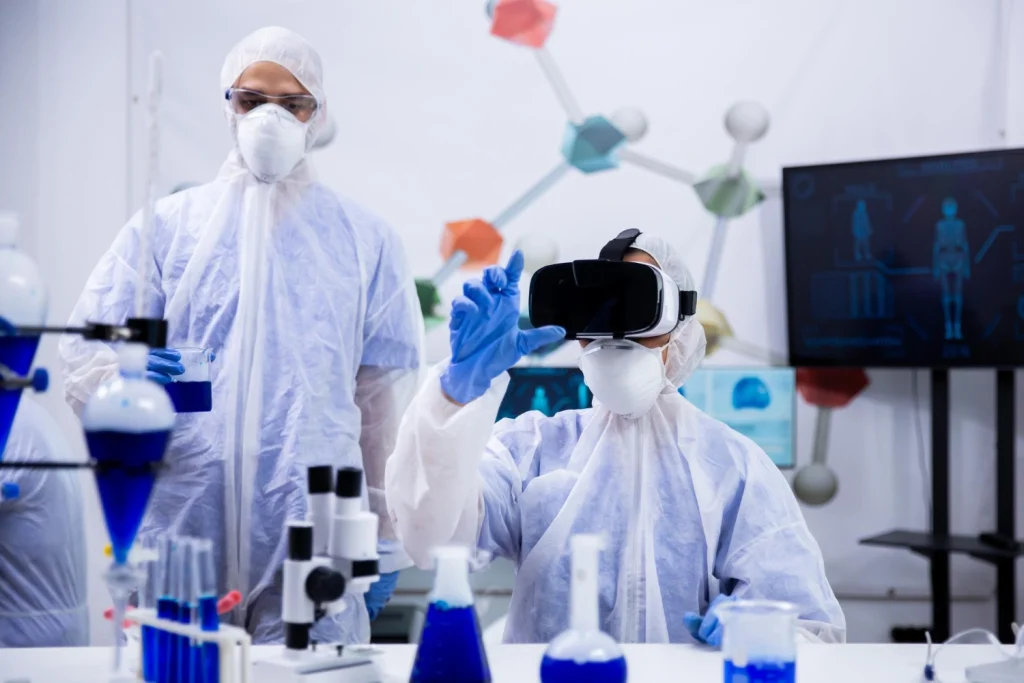Enviromental Protection
Enviromental Policy
Topsearch pledges to uphold quality environment and implement policies for conserving resources and managing waste. In order to achieve continuous improvement in pollution prevention, and disposal of environmentally hazardous substances, Topsearch has set the following policies in compliance with environmental legislation.

Research Project
At Topsearch, we believe our success shall not only be gauged by pure economic yardsticks, but shall also be reflected on its ecological values. We have therefore set a range of “green signposts” as our guiding principles for management and operation. And they are:
- To reduce possible undesirable waste emission or disposal
- To reduce unnecessary resources consumption
- To reuse and recycle parts, materials and valuable resources
- To employ environmental friendly raw materials, designs, processes,and packaging
Topsearch will also sponsor Tsinghua University (one of the top research and education institutions in China) to set up the “Tsinghua Topsearch Green Manufacturing R&D Center” to achieve the following:
- Build a Green Manufacturing Demonstration Center
- Conduct Green Manufacturing Researches
- Organize and promote Green Education
- Green Assessment System
- Green Design Theory and Methods
- Recycle and Reuse Technology of PCB
- Energy Consumption Management
- Green Education for Manufacturing and Industrial Ecology
- Green Manufacturing Web Site
Topsearch is playing a significant role in taking the Green Technologies onto the next level. We are looking forward to sharing these future technologies with you and are confident that together, we can build a better and healthier environment.
- To incorporate all aspects of product quality, functions, economic value,and degree of environmental friendliness into an assessment model
- To study the impact of the products on the environment throughout the complete product life cycle
- To establish a set of green design principles for electromechanical products
- To build green design methods for material selection, design of production processes,and assessment of environmental impacts of product usage & recycle
- To incorporate recycle and reuse concepts into product design
- To establish a green manufacturing & design supporting management decision system and database
- To develop recycle and reuse know-how for metal and non-metal materials from IT, Telecom, Automobile,and scrap PCB products
- To research on recycle / reuse techniques and corresponding anti-pollution measures
- To improve efficiency of energy distribution across the factory
- To develop technique of collection and reuse of wasted heat
- To research on solar energy transformation, storage,and application
- To improve energy efficiency and minimize energy consumption overall
- To provide green education teaching methods, contents, and materials to the public with different education levels
- To develop a range of CAI software
- To promote green education for manufacturing and industrial ecology through the Internet
- To provide educational demonstration
- To reinforce the alliances with overseas universities, research centers, and other business entities for joint research endeavor
- To train up more elites in the field
- To ultimately promote 3-levels green education system, which consists of general level, professional level,and advanced level
- To build a green manufacturing web site for publishing research findings, promoting green manufacturing technologies, and promoting environmental protection awareness among the publics
- To provide introduction and news of research center's latest developments, structure and staffing, new research findings, corresponding legislation, press release,and other forms of promotional materials.
RoHS
The restriction of the use of certain hazardous substances in electrical and electronic equipment
To restrict the use of hazardous substances in electrical and electronic equipment and to contribute to the protection of human health and the environment.
- EEE falling under the categories 1-7 and 10 in WEEE Directive annex IA
1〉Large household appliances
2〉Small household appliances
3〉IT and telecommunications equipment
4〉Consumer equipment
5〉Lighting equipment
6〉Electrical and electronic tools (with the exception of large-scale stationary
7〉industrial tools)
8〉Toys, leisure and sports equipment
9〉Automatic dispensers - and electric light bulbs and luminaries in households
- Only apply to new products placed on the market after 1 July 2006.
- It does not apply to spare parts for the repair, or to the reuse, of electrical and electronic equipment put on the market before 1 July 2006.
- RoHS restricts a total of six substances:
- Lead
- Mercury
- Hexavalent Chromium
- Cadmium
- Polybrominated Biphenyls (PBB)
- Polybrominated Diphenyl Ethers (PBDE) - The maximum concentration value not to be confirmed, but mostly to be
- 0.1% by weight per homogeneous material for lead, hexavalent chromium, mercury, PBB and PBDE
- 0.01% by weight for Cadmium
- Exemption of the EEE of the application of lead, mercury, cadimum and hexavalent chromium (Annex of RoHS Directive)
- 10 categories EEE in the exemption list.
- 13 Aug 2004, transposed into law
- 13 February 2005, reviewed by European Union Commission
- 1 July 2006, come into effect

About Us
Topsearch establishes in year 1985 in Hong Kong with 40 years of experience in PCB market.
Based on our board range of product type (2-18 layers ,level 3 HDI, VOP , BVH and Hybrid design)
and experience on different products segment (medical, automotive, consumer, LED, etc), we can
provide a one stop solution to our customers. Topsearch exports the products to many countries
and has high recognition on the quality of the products.

About Us
Founded in 1985, Topsearch has established itself as a pioneer in PCB manufacturing. In 1987, we set up state-of-the-art PCB manufacturing facilities in China. Our production facilities were strategically established in Shekou, Shenzhen, and commenced operations in 1988.
©Copyright 2025 by Topsearch, All rights reserved.
